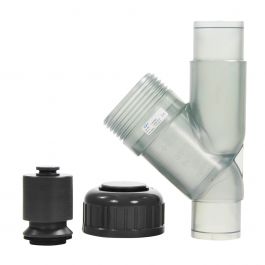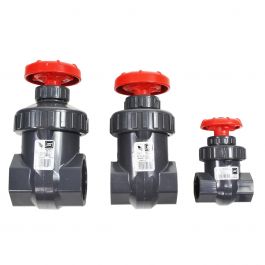In a bottom drilled tank , with 2 returns that are T'd together do I need 2 separate check valves or one would be ok?
and Should I put ball valves on in/out of UV so I can service it, or just service it from the 2 unions it has ?
Thanks,
Rick
and Should I put ball valves on in/out of UV so I can service it, or just service it from the 2 unions it has ?
Thanks,
Rick


















